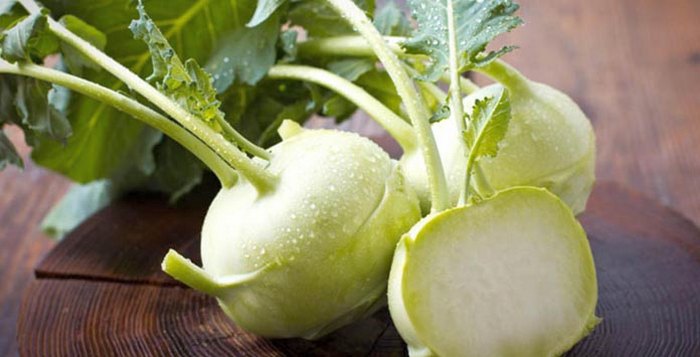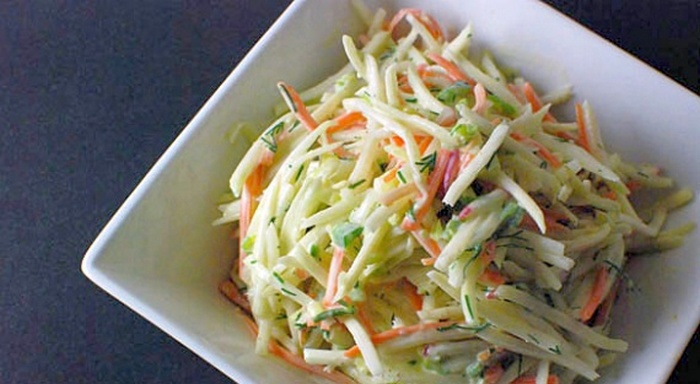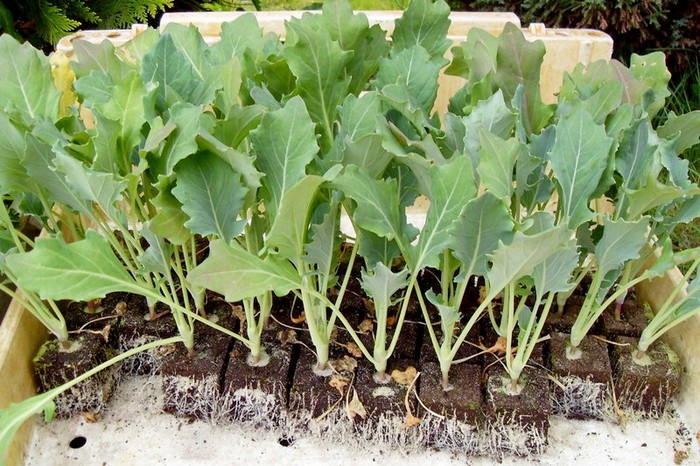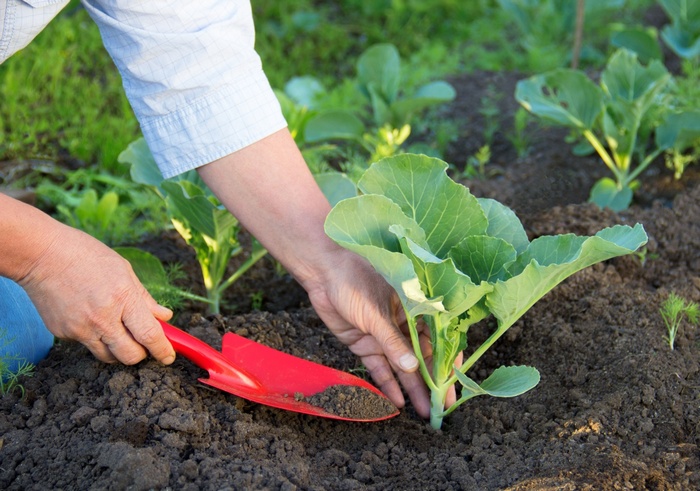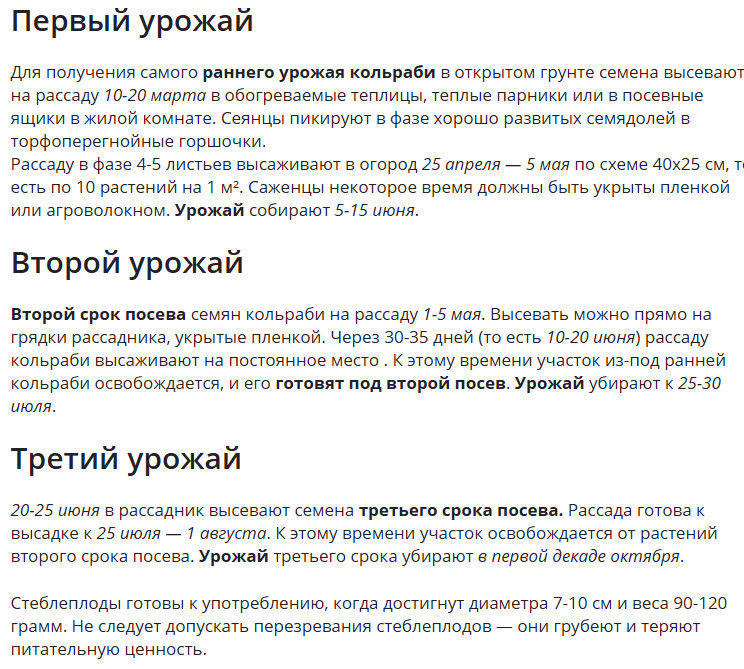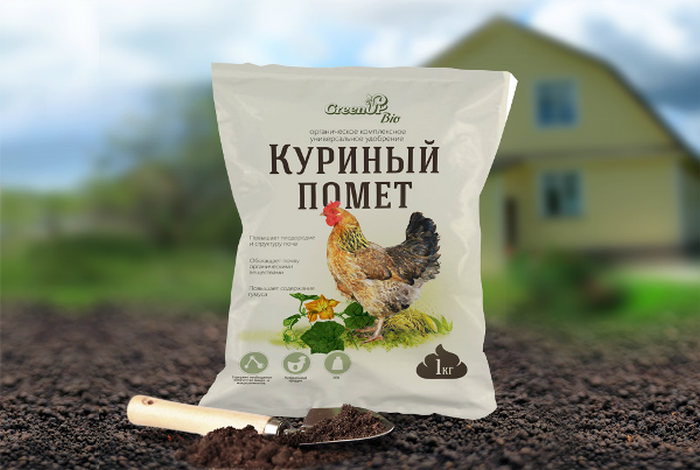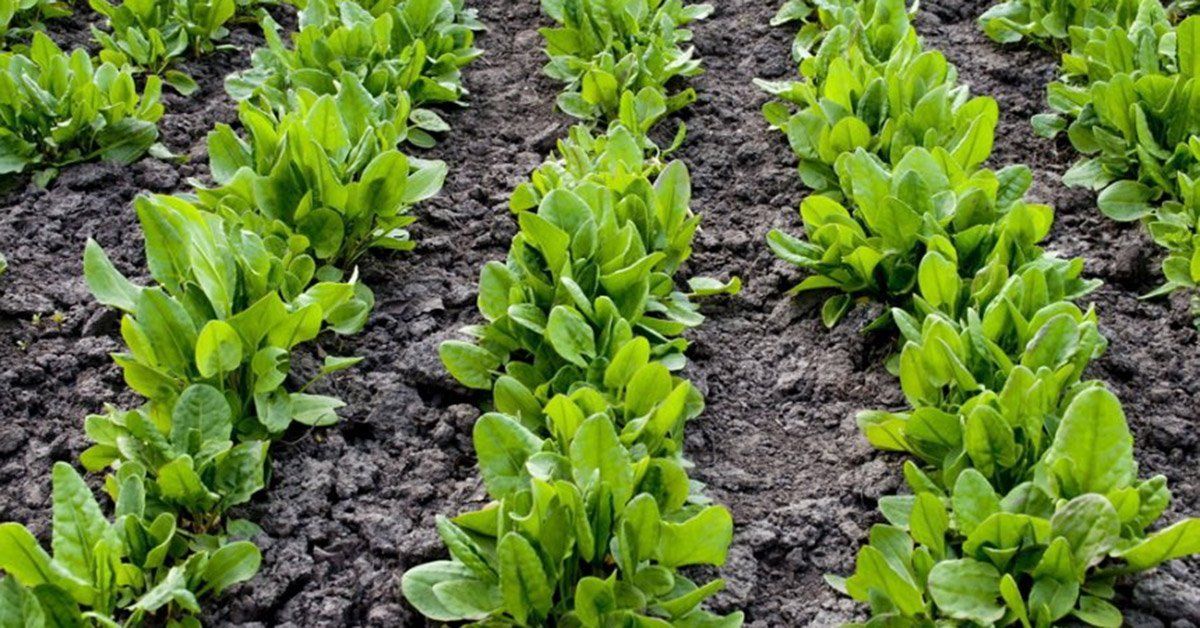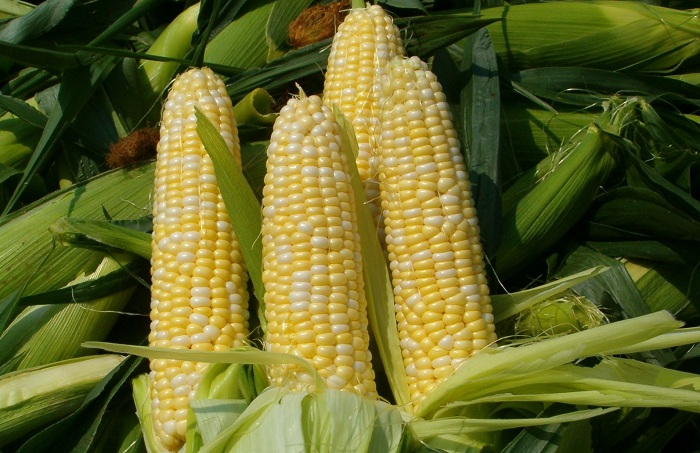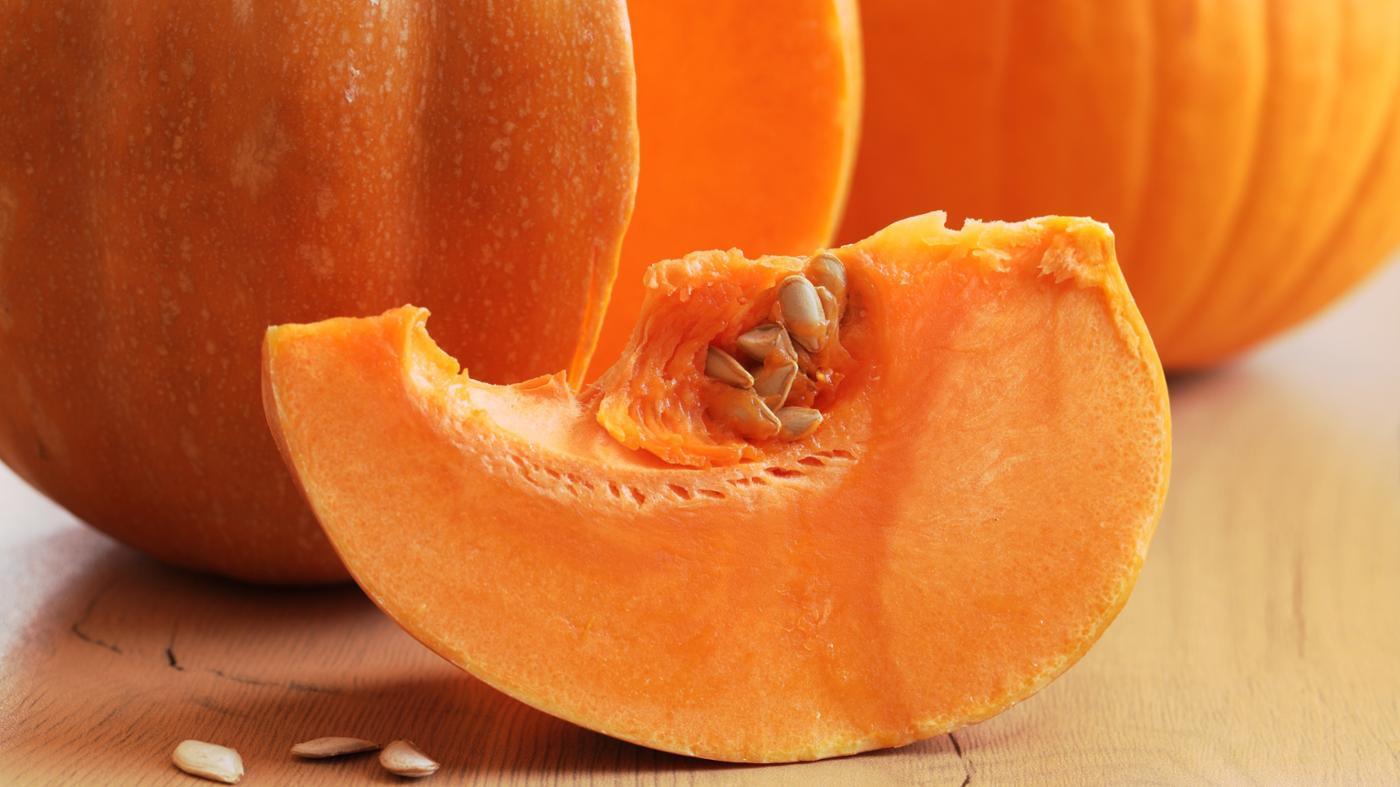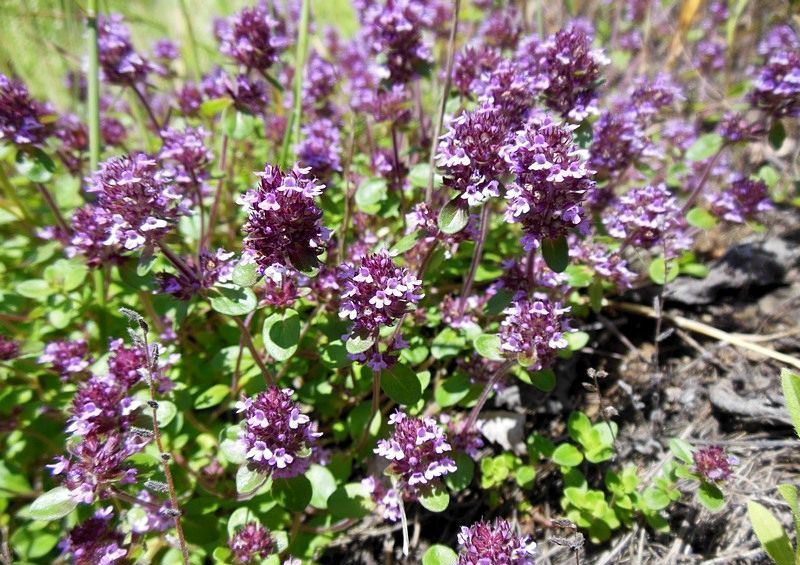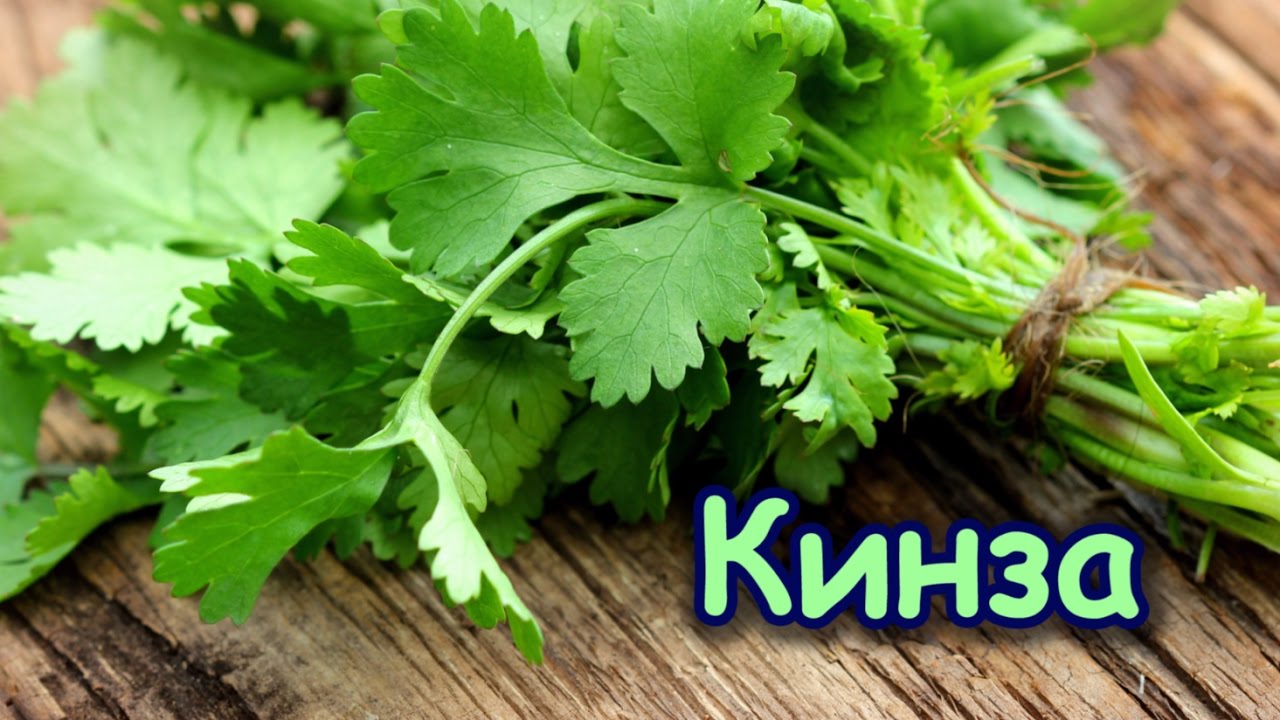Content:
Kohlrabi is one of the most unusual varieties of white cabbage. Her appearance is surprising. The edible aerial part is a ball-shaped stem from which sparse leaves emerge. Due to the large amount of nutrients, the plant is called a vitamin bomb. Kohlrabi planting and care in the open field will not cause any difficulties for the gardener. This is an unpretentious vegetable. Both an experienced and a novice gardener can grow a decent harvest.
General information about culture
Cabbage is a well-known vegetable crop. It is planted everywhere in Russia and other countries. This is a representative of the Cabbage genus and the Cruciferous family. A useful culture - it increases immunity, normalizes metabolic processes in the body, removes toxins. A variety of dishes are prepared from culture. Cabbage has a large number of varieties (several dozen). Each species has its own characteristics and differs in appearance.
Popular types of cabbage
- Heady. Distinguishes between white and red. The most famous species is white cabbage. It is a stocky stem on which a bud grows. This bud takes the form of a head of cabbage. Head of cabbage is eaten;
- Colored. The peculiarity of the vegetable is in its dietary properties. It is hypoallergenic. Inflorescences are used for food, which develop to a compacted state. The color of the vegetable is lilac, cream, light green;
- Broccoli. This species resembles a colored one. Developed inflorescences are also used for food. But they are looser, more tender. The crop is harvested twice a season. After removing a part of the head, new compacted inflorescences form in its place;
- Brussels. The entire stem of the plant is covered with mini-heads of cabbage. These heads of cabbage copy cabbage, only in miniature. But the taste is distinguished by a spicy bitterness, since there is mustard oil;
- Kohlrabi. They eat small-sized stems, as well as rare leaves.
What is kohlrabi
Another name for kohlrabi is cabbage turnip (cavolo rapa). It was not named by chance. By its appearance, it resembles an ordinary turnip. The plant is biennial. Food. Representative of the Cabbage genus. Edible are considered to be a stalk (thickened stem in the form of a flattened circle or egg) and leaves. The stem fruit is eaten fresh, baked. The tops are crumbled into salads.
The stemfruit can be green, sunny, white or purple-gray in color. Depending on the variety, the weight of the edible part can be 150 or 700 grams. The leaves are mostly emerald. The pulp is creamy. Its taste is reminiscent of the middle cabbage (stalk), but kohlrabi is not so hard. On the contrary, the flesh of the vegetable is tender, richly sweetish, slightly oily, there is no pungency.
Kohlrabi is called a vitamin bomb because it contains a lot of vitamins, for example, C, A, E, K, PP, group B. There are useful amino acids, macronutrients, and trace elements. Eating the plant can improve memory, strengthen nerves and the cardiovascular system.
In the first year, a vegetable stem is formed. In the second year, a shoot grows out of it, at the tip of which a flower brush opens.After flowering, the fruit ripens in the form of a pod. Inside there are grains of sand.
Varieties
Cabbage turnip varieties have different ripening times. You can highlight:
- Early varieties (Moravia, Vienna White). They ripen in 70 days;
- Mid-season (Karatogo F1). It takes about 100 days from the moment of germination to harvesting the crop;
- Late (Giant). The crop is harvested 130-150 days after planting.
Early kohlrabi is most often planted. Using these varieties, you can harvest several crops per season.
Agrotechnics
Despite all the advantages of the plant, this type of cabbage is not popular. Kohlrabi is not grown on an industrial scale in Russia. Vitamin Bomb can be seen in private gardens. According to gardeners, growing kohlrabi cabbage in the open field does not cause any difficulties.
First, the seedlings are grown, then they are transplanted into prepared beds. You can also use planting seeds directly in open ground. The next stage of agricultural technology is leaving. Even a beginner in gardening can figure out how to plant kohlrabi.
Growing seedlings
The seedling method is good because a healthy vegetable will ripen already at the beginning of summer. In central Russia (for example, in the Moscow region), seed preparation begins in mid-late March. Thus, after 40-45 days (in May), the elongated plant can already be transplanted to the site.
First, the seeds are kept in hot water for 30 minutes. Boiling water is prohibited. Then they are transferred into a glass of cool water for 7-15 minutes. Can be soaked in a growth stimulator for 90 minutes. Any of the drugs is suitable for this: Narcissus, Baikal EM1, Epin-Extra. Then the seeds are wrapped in damp gauze and left warm for a day. The next day they are refrigerated for 24 hours. Such preparation will ensure good germination, as well as protect the plant from common diseases, for example, from black leg, keel.
The soil mixture is poured into the boxes. You can take the finished one, which is sold in the store. You can cook it yourself. This will require garden soil, turf, peat, sand. This mixture must be disinfected. This is done using potassium permanganate or roasting the substrate in the oven. The soil is moistened before sowing. A small amount of ash is added.
The ideal seed depth is about 10 mm. The distance between the seeds is 1-2 cm. It is better to plant in grooves. An indent of 3-5 cm is made between the furrows. The box is covered with glass. You can take a regular bag or wrapping film. The main thing is to create a greenhouse effect. So the seeds will sprout faster. If it is + 20 ... + 25 degrees under the film, then shoots can be expected in 3-5 days. Every day you need to open the glass for a few minutes to let in fresh air.
After the coolness, the seedlings are left on the windowsill. As soon as the shoots have one or two strong leaves, they dive. To avoid transplanting seedlings in separate containers, it is recommended to sow them immediately in separate cups or containers.
Before planting kohlrabi in open ground, the seedlings are gradually hardened. The procedure begins 14 days before disembarkation. The cups are taken outside for 3-5 minutes first. Then 10, 20, 50, etc. Ultimately she must get used to being outdoors for several hours.
Place and soil
It is recommended to grow a vitamin bomb in a garden bed where a lot of sunlight falls, where there are no strong drafts, and there is no accumulation of groundwater nearby. The vegetable has no particular preferences for the composition of the soil. You can plant it even on poor land. However, according to observations, cabbage turnip gives the sweetest harvest on fertile light loams. The acidity should be at 6-7 pH, that is, either slightly acidic or neutral.
The kohlrabi bed is prepared in September, October. They dig it up. Fertilized with organic matter. Compost will do.
You can plant a vegetable on the same bed with beets, onions, salad. It is not recommended to plant in places where tomatoes, strawberries grow.
Planting kohlrabi seedlings in open ground
Planting kohlrabi on an open bed takes place in May. By the time of moving, the plants should have 3-5 leaves, be strong and healthy. The air temperature outside should be at least +14 degrees. If frost is approaching, then it is better to wait with planting. Freezing temperatures can disrupt the plant cycle. It will sprout a stem with flowers, preventing the stem from developing. Disembarkation takes place on a cloudy day or in the evening.
The planting scheme involves the preparation of holes every 20-30 cm. The distance between the rows should be 50-60 cm. The depth of the holes is 15 cm. The plant should be buried before the beginning of the first leaves. 1.5 cups of ash, a spoonful of urea, a spoonful of phosphorus-containing fertilizer are placed in the pits. After planting, each bush is spilled. The earth is compacted.
Seedless way and timing
Cabbage turnips are allowed to grow in a seedless way. In this case, the seeds are placed immediately on an open bed. Most often, gardeners use this method for harvesting in the middle and late summer. Vegetable plantings can be several per season. For example, in March, seeds are planted for seedlings. In this case, the harvest is obtained in June. If you plant the seeds at the end of May, beginning of June directly in the open ground, then you can get a juicy stem fruit already at the end of July, beginning of August.
Another permissible period when you can plant seeds on an unprotected garden bed is the last days of June. Fresh kohlrabi salads can be prepared in August and September. In June, mid-season and late varieties are usually planted. They are best kept.
Before planting kohlrabi in open ground, the seeds are prepared. This is done in the same way as for the seedling method. Sowing on the garden bed follows the scheme: 5 cm - between the seeds and 50 cm - between the rows. You can deepen the seeds by 10-20 mm. The bed should be fertilized in the same way as for planting seedlings. Due to the lack of holes, fertilizers are embedded directly into the ground, and after that they harrow the ridge.
When shoots appear, thinning is carried out. Only the strongest plants are left. The distance between them should be about 10-13 cm. After 10-14 days, another thinning is carried out. This time it is also worth removing all frail bushes, leaving only the strongest at a distance of 20-30 cm from each other.
Subtleties of care
Kohlrabi is a rather unpretentious plant. She does not require special care. In addition, cabbage turnip has strong immunity from diseases. Pests do not like her, so chemistry is not needed here. But you still have to pay attention to the vitamin bomb, otherwise it will not grow the stem crop, will release the arrow and bloom. It is good if the cottage is located near the house. Then it will be easier to follow the kohlrabi. Among the main care activities, the following stand out:
- Watering;
- Loosening;
- Weeding;
- Mulching;
- Top dressing;
- Hilling.
Watering, loosening, weeding, mulching
After moving the seedlings from the apartment to the garden bed, water the plant every 2-3 days. After that, it is imperative to remove the weeds and loosen the ground.So the roots will be saturated with oxygen. In loose soil, useful elements accumulate faster. To prevent rapid evaporation of moisture, the ground under the cabbage is mulched with straw and grass.
As soon as the stem grower began to actively grow, the frequency of watering can be reduced to once every 5-7 days.
Top dressing
This event is carried out in the event that the soil has not been fertilized earlier. On fertile soils, the vitamin bomb will grow well without additional fertilizing. The only thing that can be done is to thoroughly dust the ground under the plant with fly ash once. Ash will act as a fertilizer and a remedy against diseases and pests.
If the soil is not fertile enough, then the cabbage patch is fertilized several times per season. The first procedure will be organized 7 days after landing. Urea is used. It can be replaced with chicken droppings diluted in water. After 15-20 days, a mixture of water with fermented manure is poured under the bushes. You can use a solution with mineral fertilizers (phosphorus, potassium).
Hilling
The peculiarity of the vitamin bomb is that it requires hilling. This is done two times: the first time - 20-25 days after planting, the second time - 15 days after the first procedure.
Kohlrabi benefits
Kohlrabi, in comparison with other varieties of cabbage, has several advantages:
- This is the earliest species. Early cabbage turnip varieties ripen 70 days after planting. Common cabbage matures in 110-170 days, cauliflower in 90-160 days;
- Compact size. This vegetable is a spherical dense stem. Its weight can be from 150 to 700 grams. While common cabbage grows to 1.5-3 kg;
- It grows without problems in cool weather, in contrast to the heat-loving color;
- Not susceptible to diseases and pests. While the Brussels and white cabbage ones have to be protected and treated from harmful insects (cruciferous fleas, flies, aphids, whites, slugs), diseases (black leg, keel, dew, etc.).
Planting and growing kohlrabi is not difficult. The main thing is to follow the recommendations and take care of the cabbage correctly. She loves moisture, loose soil. If everything is done correctly, then, depending on the variety, you can collect 2-5 kg of juicy stems per square meter.
